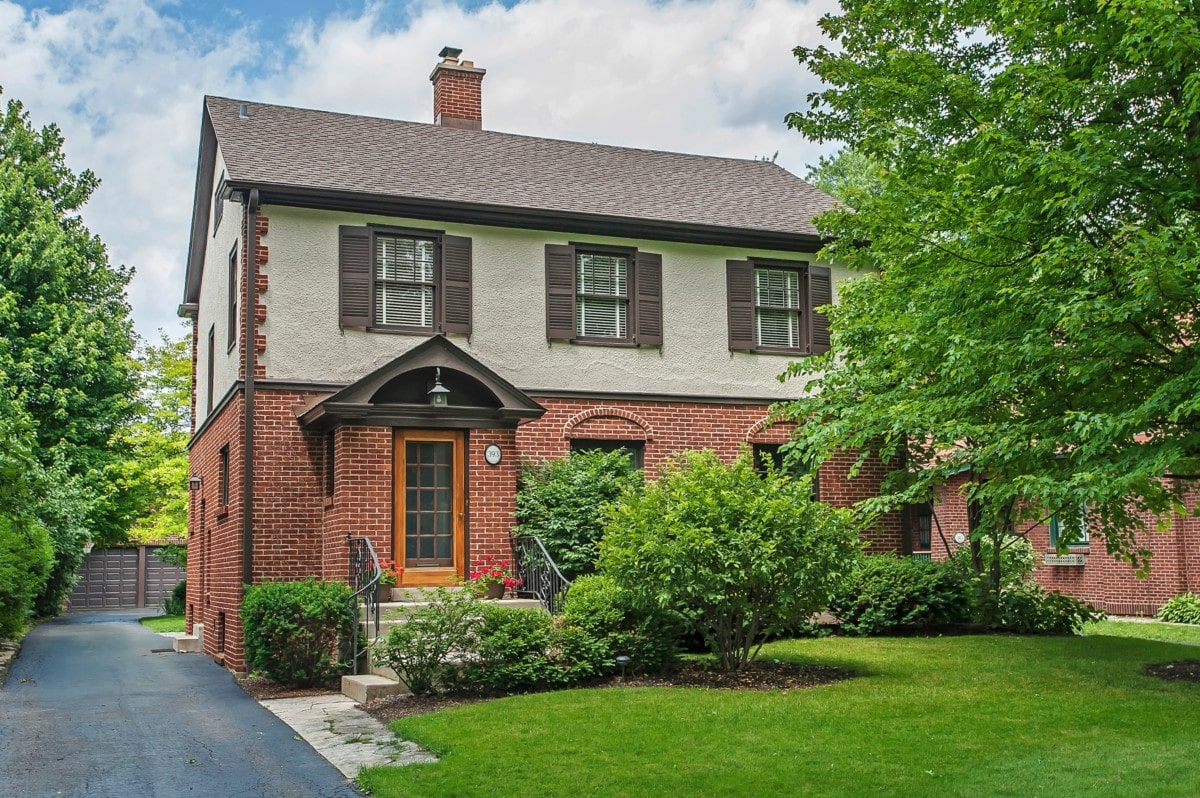If you grew up within the city or town limits, you probably lived in a home serviced by the municipal sewage department and may be hesitant about buying a house with a septic tank. Did you know that one in five homes in the United States rely on a septic tank? So, whether you’re looking to buy a home in Philadelphia, PA or you’re moving to Atlanta, GA, this is something you’ll likely come across while house hunting. Understanding what a septic tank is, how it works, and its pros and cons can help take the mystery out of the decision-making process.
Unlike a municipal sewer that services everyone in the town, a septic tank only services one household. The tank is located in the ground and is usually made of concrete where blackwater from toilets and greywater from sinks and showers flow into it. In the tank, the solids sink to the bottom and the fluid drains into a series of underground pipes laid out in a grid on the property. As the water slowly drains from the pipes, it is filtered by the soil and used as a nutrient source by local vegetation. Microbial action in the tank breaks down the solids to form a sludge, which is periodically removed by someone that services septic systems
Listed below are the pros and cons of septic tanks, why you should get an inspection before buying a home with a septic tank, and answers to other frequently asked questions so you can make an informed decision when balancing whether or not to buy a home with a septic tank.

The pros of buying a house with a septic tank
Cost-efficient: Living within town limits, residents pay a monthly utility bill to cover sewer costs. With a septic tank, you don’t have this recurring expense.
Self-maintaining: With proper care, a septic system lasts for decades. Lifestyle choices like conserving water, limiting the use of bleach, and being careful about what goes down the drains, not only protects your septic but also the environment.
Safe: In the unlikely event you have a blockage that causes waste to back up into your home, with a septic tank you know where that waste came from. On a municipal system, a back-up can bring pathogens from the entire community into your tubs, sinks, and toilets, depending on the location and severity of the backup.
Environmentally friendly: In addition to promoting environmentally conscious behavior on the part of the homeowner, a septic system by design is an environmentally friendly home feature. If a leak were to occur, it would affect only the local property. If a leak occurs in a municipal system, the damage is more widespread.
The cons of buying a house with a septic tank
Required maintenance: Septic systems require periodic checks from a professional. The solid waste should be pumped every three to five years and the tank inspected for damage. The cost of the service ranges from $200-400 depending on your geographic location.
Repairs are your responsibility: If a municipal sewer pipe leaks or backs up on your property, the government is responsible to fix it. But if your septic system backs up or a pipe leaks, the cost of repairs is on you. However, knowing how the system works and being vigilant about calling for service when a drain slows or a soggy patch appears in your yard will prevent significant problems.
Failed drain field: The success of the septic system is only as good as the drain field. Compacted soil in the area due to cars driving over it, tree roots encroaching, or groundwater saturation can cause a drain field to fail.
Get a septic tank inspection before buying a house
If you’re considering buying a house with a septic tank, include the septic system in your home inspection. A septic inspection will give you peace of mind and prevent any costly headaches after moving in. According to the International Association of Certified Home Inspectors, a septic inspection includes the following:
- Date of the last inspection to determine if it’s properly maintained
- The level of sludge in the tank
- Location of the drain field, it should not be located near the well or any body of water
- Confirmation that the system is large enough for the home that it serves
- Presence of liquid waste on the ground surface
- Tank and lid are free of cracks or leaks
- Baffles are firmly connected to inlet and outlet pipes
- Drain lines each receive the same amount of water

More septic system FAQs
How long does a septic system last? Properly maintained, a septic system should last for decades.
How often should you pump a septic tank? Have your septic system inspected and the tank pumped every three to five years. Check with your local health department to see what they recommend for your area.
What can I put in my septic tank? Hopefully, only your greywater and blackwater will go into your septic. Things like cigarette butts, diapers and wipes, sanitary products, paper products other than toilet paper, or a high level of cleaning products that will destroy the healthy bacteria in the tank should never be flushed or sent down the drain.
Do they need to dig up my lawn to pump my septic tank? If your tank doesn’t have an exposed lid, yes, they’ll have to remove the grass to access it. Though this will only be a small section of your yard and not the entire thing.
Does my septic need additives like Rid-X? No. A well-maintained system has everything it needs to break down the solids and create a healthy septic flora. However, seasonal homes may not get enough solid waste to produce the microbes needed for a healthy system. Only then, do experts recommend the use of additives in your septic tank. Check with your local septic tank servicer to find out their recommendations for your home.
Can I plant anything over my drain field? Yes, but be careful. The root systems of trees and shrubs can damage the underground pipes. Vegetable gardens could also become contaminated from the drainage. However, landscaping over and around a septic drain field with native plants is an appropriate use of the space.
The post The Pros and Cons of Buying a House with a Septic Tank appeared first on Redfin | Real Estate Tips for Home Buying, Selling & More.
